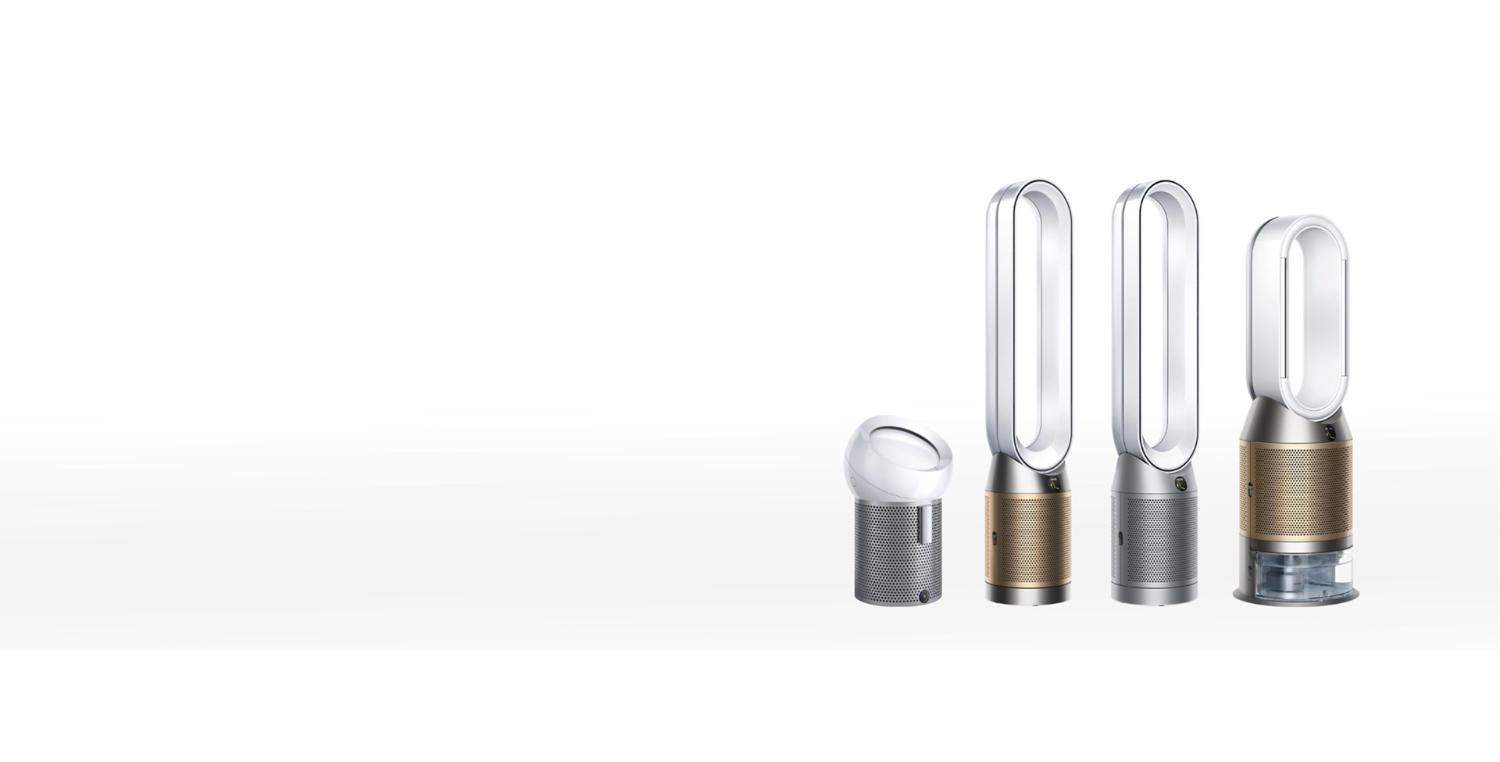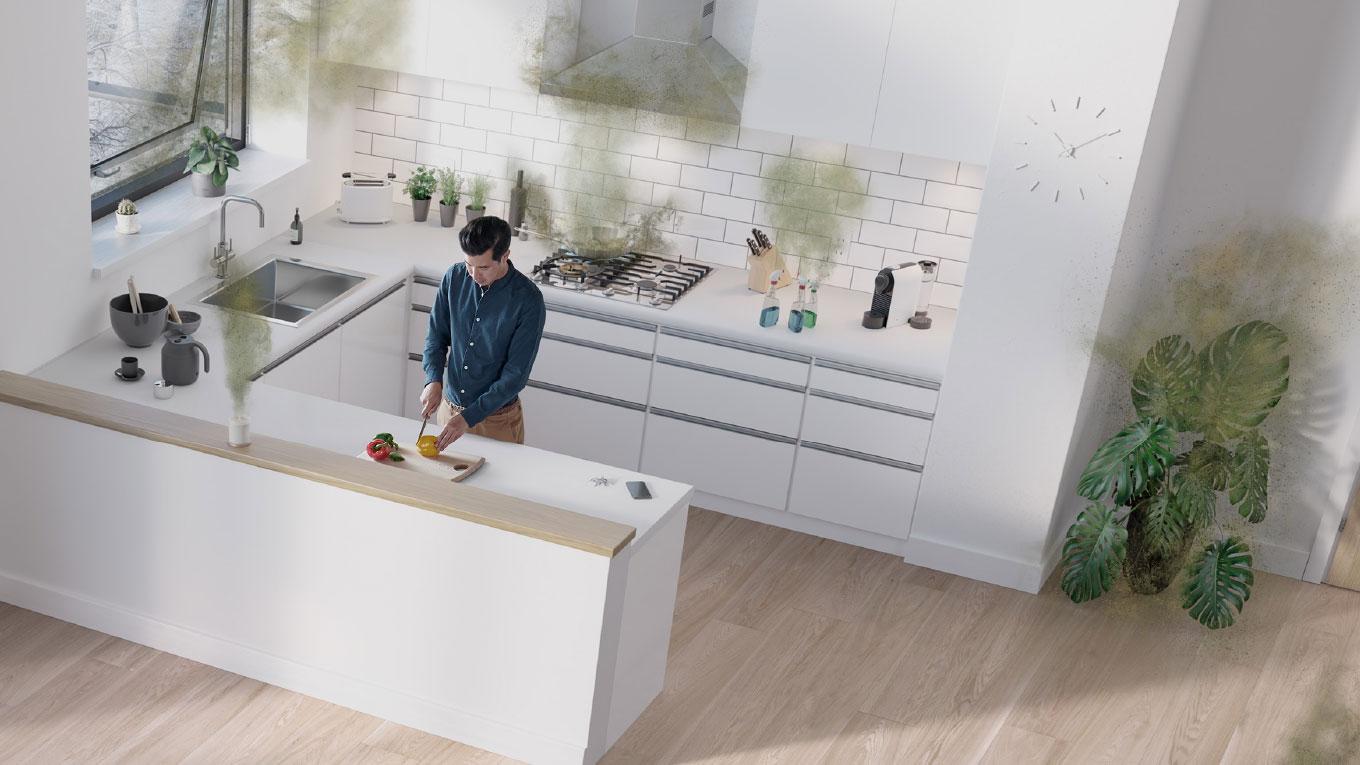Guide | July 31, 2023
Pollen allergies in children: recognising the signs and symptoms
Pollen allergies, also known as hay fever or seasonal allergic rhinitis, affect 15-25% of children and can impact their quality of life.¹ As the weather gets warmer and children play outside more, they often breathe in airborne tree, flower, grass and weed pollen.
As the prevalence of pollen allergies continues to rise, it’s important for parents and caregivers to understand the signs and symptoms of pollen allergies in children. Recognising these indicators helps to ease discomfort and minimise the impact on a child’s daily activities.
While it may be easy to recognise your own allergy symptoms, telling the difference between pollen allergies and a common cold may be a little trickier. What’s more, children can be allergic to one or more types of pollen throughout the year. Symptoms present themselves based on the type of pollen they’re sensitive to, and when these allergens are airborne. For example, tree pollen is highest in spring, grass pollen is highest in summer, and weed pollen is highest in autumn. It’s therefore helpful to use a pollen calendar to track your child’s symptoms.
What are the symptoms of pollen allergies in children?
Even children who have never shown signs of hay fever can develop symptoms. Pollen allergies can start at almost any age, but symptoms don’t usually develop until the child is over two years old. Most people with pollen allergies develop them by age 20.²
Many parents of children with pollen allergies notice their child is moodier and more irritable during allergy season. As children can’t always communicate their symptoms verbally, they may express their discomfort through their behaviour at school or at home.¹
Pollen allergy symptoms also vary depending on weather conditions, which affect the amount of pollen in the air (pollen count).
Fortunately, most symptoms of pollen allergy in children are mild and can be easily treated.³ But there are visible signs of pollen allergies to look out for in your child, including:
1. Sneezing and runny nose:
One of the primary signs of pollen allergy in children is persistent sneezing accompanied by a runny nose. The immune system overreacts to pollen particles, triggering the release of histamines. Children with pollen allergies may experience prolonged bouts of sneezing, which can be particularly bothersome during peak pollen seasons.
2. Nasal congestion:
Alongside sneezing and a runny nose, children with pollen allergies often experience nasal congestion. The inflammation and swelling of the nasal passages make it difficult for air to pass through, causing a stuffy or blocked nose. Nasal congestion can impact a child’s ability to breathe comfortably, resulting in disrupted sleep patterns and reduced concentration levels.
3. Itchy or watery eyes:
Another characteristic symptom of pollen allergies in children is the presence of itchy or watery eyes, also known as allergic conjunctivitis. Pollen particles can irritate the delicate tissues surrounding the eyes, triggering an immune response. This can cause redness, itchiness, and discomfort.
4. Coughing and throat irritation:
Pollen allergies can also affect the respiratory system, leading to coughing and throat irritation. The irritation caused by inhaled pollen can trigger a persistent dry cough or a scratchy sensation in the throat. Children may experience throat discomfort, hoarseness, or a feeling of a lump in their throat.
5. Fatigue and irritability:
Exposure to allergens, such as pollen, can result in fatigue and irritability in children. Poor sleep quality due to nasal congestion, sneezing, and coughing can disrupt normal restorative sleep patterns, leading to daytime fatigue and mood changes.
6. Skin reactions:
In some cases, children with pollen allergies may experience skin reactions when in contact with pollen. These reactions can manifest as itchiness, hives, or a rash. Skin symptoms may occur when pollen comes into direct contact with the skin or when the allergen is inhaled, triggering an immune response that affects the skin.
7. Ear pressure or pain:
Pollen allergies can cause the Eustachian tubes (connecting the middle ear to the back of the throat) to become blocked or congested, leading to changes in ear pressure or pain. This can result in temporary hearing loss, difficulty balancing, and increased susceptibility to ear infections. It’s important to monitor any changes in your child’s hearing and seek medical attention if necessary.
How to manage pollen allergies in children
It can be difficult to avoid exposure to pollens, but you might want to try some of these methods to see if they make a difference for your child:
- Check weather forecasts and keep your child indoors if pollen counts are high.
- Give your child wraparound sunglasses to protect their eyes.
- Make sure your child has a shower or bath after playing outdoors on high pollen days.
- Keep your child inside while grass is being mown.
- Avoid picnics and playing in open grassland during peak pollen season.
- Don’t dry your child’s clothes or bedding outdoors on a washing line when pollen count is high.
We’ve more advice on pollen allergy management in our article, Pollen allergy management: tips to get you through allergy season. More pollen allergy advice for families can also be found in How to cope with pollen allergy as a family.
Recognising the signs and symptoms of pollen allergies in children is important for effective management. The symptoms above are all common indicators of pollen allergies in children. Early diagnosis and appropriate management, including allergen avoidance and medication, can help alleviate symptoms and improve a child’s quality of life. If your child shows any of these symptoms, consult a healthcare professional for a proper diagnosis and personalised treatment plan.
Read more
Press contacts
United Kingdom
Email us at press.office@dyson.com
Social media
Twitter: @dyson
Instagram: @dyson, @dysonbeauty
LinkedIn: Dyson
Facebook: facebook.com/dyson
YouTube: youtube.com/dyson
Sources:
¹American College of Allergy, Asthma & Immunology. (n.d.). Allergic Rhinitis (Hay Fever) in Children. Available at: https://acaai.org/allergies/types/hay-fever-rhinitis
²KidsHealth (2023). Seasonal Allergies (Hay Fever). Available at: https://kidshealth.org/en/parents/seasonal-allergies.html
³Kingston Hospital NHS Foundation Trust (2023). Allergic Rhinitis in Children. Available at: https://kingstonhospital.nhs.uk/wp-content/uploads/2021/05/A0115-Allergic-rhinitis-in-children.pdf








